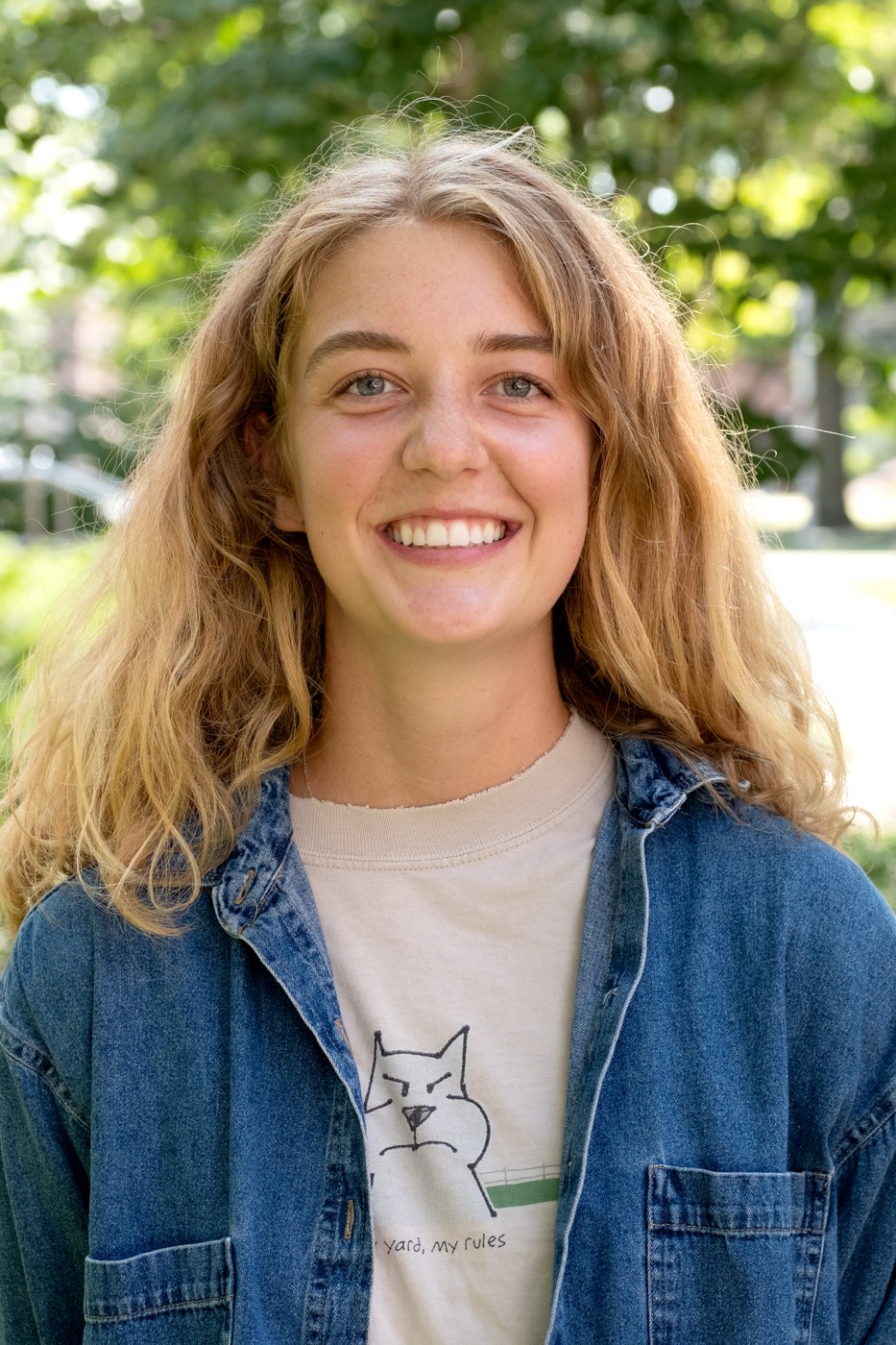This is the fifth short news article written by students, during the professional development class of Spring 2023, about each other's research.

Shea Tillotson
Student Spotlight: Shea Tillotson
Written By: Rowda Altamimi
A tiny organism hides in the soil, lurking, waiting for prey. Hungrily, it waits for a body to take over, feeding on its insides until it dies. This organism feeds on insects, if they are available. Alongside this organism, there exists all types and sizes of arthropods that prey on insects and have the potential to be a source of pest biocontrol in agriculture.
Shea Tillotson, a Master’s student in the Entomology Department at Penn State, is trying to harness the hunger of this organism as part of larger effort to understand biocontrol agents. Metarhizium is an insect killing (entomopathogenic) fungus that not only infects and kills insects but has a surprising ability to connect insect cadavers to the roots of plants, establishing a mutualistic relationship in which the fungus offers nitrogen to the plant from the insect and the plant provides sugar for the fungus. “It’s a really cool mutualistic relationship that is unexpected because I feel people don’t think about what happens underneath the ground” says Shea.
Shea’s research in Dr. Mary Barbercheck’s lab explores how this naturally occurring entomopathogenic fungus and predatory arthropods affect pests in reduced tillage organic systems within corn fields. “We are evaluating three different tillage intensities and examining how they each affect the potential of biocontrol through fungi and predatory insects. We are looking at inversion, shallow, and reduced-tillage.”
Shea plans to conduct her research by using a number of different approaches to measure the presence and activity of insect natural enemies in the three different systems. She will create sentinel traps in the soil with waxworms to look at the prevalence of Metarhizium. To assess abundance of predatory arthropods, Shea will be studying th epotential effects of natural enemies onthe western bean cutworm, which is a pest insect, examining egg masses and comparing how many eggs hatch versus how many are eaten by predators.
“If you are an organic farmer, you rely on intense tillage for weed management, for preparing the ground for crops, and to incorporate nutrients, but intense tillage like that can damage healthy soil. This causes erosion and nutrient loss. But there are other options that farmers are starting to use, such as the shallow high-speed disk and reduced tillage systems. The high-speed disk is disturbs only a shallow layer of soil and it is thought to have less of a negative effect on the soil than inversion tillage. That is the main system I am working with.”
In describing her motivation behind her work on studying reduced tillage systems, Shea says “Using nature to solve human problems is something so ingenious to me. Mother Nature has been solving problems for millions of years and humans should take advantage of that knowledge.”
Shea Tillotson is an Entomology Master’s student in Dr. Mary Barbercheck’s laboratory conducting research as part of a larger project titled ROSE, Reduced-Tillage Organic System Experiments.

